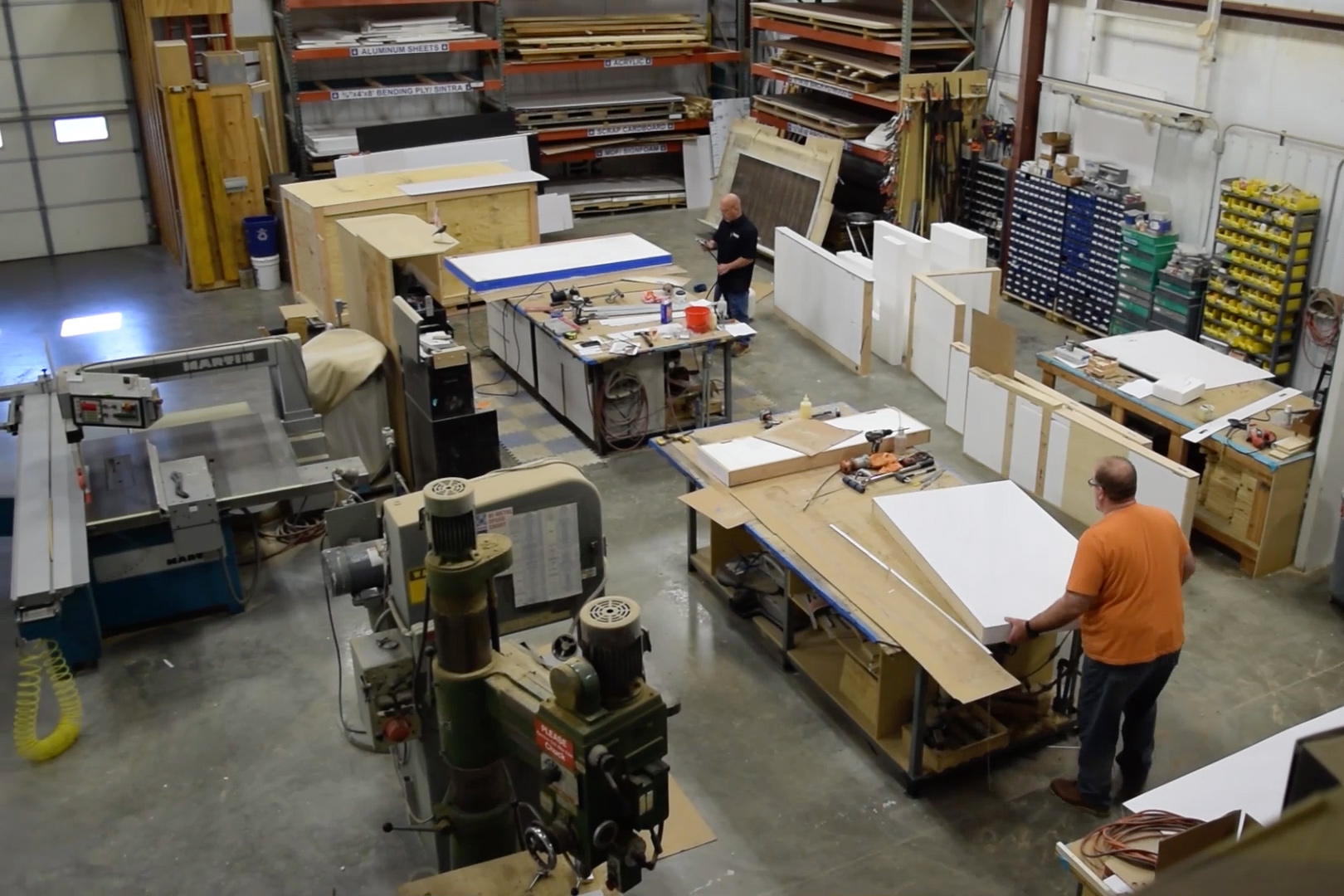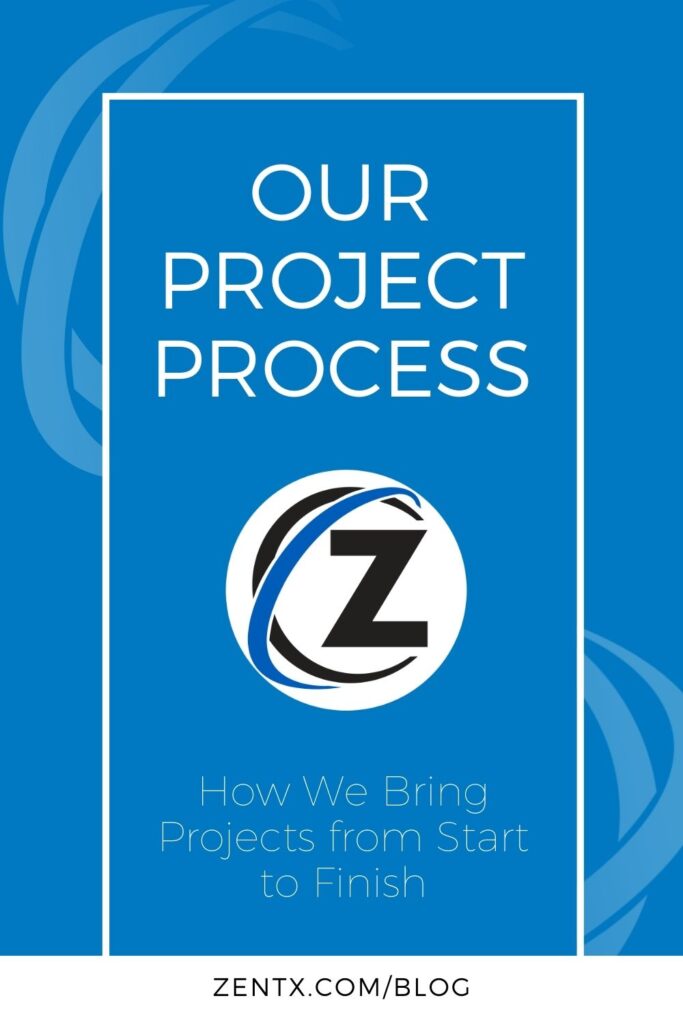Part 8 of 9 in a series about ZENTX’s history and values
“There are 4,376 steps to get a job done. How much time you got?”
That’s how our founder Mike Wenz responded when we asked him to explain ZENTX’s project process. To be fair, it’s a big request. There might not be exactly 4,376 steps in every job, but it’s not a bad estimate.
Doing all our work in-house allows us to offer our customers some major perks. They don’t have to look for a bunch of contractors, because we can handle all steps of the process. And we can deliver the highest quality because we have control over all the steps.
We wouldn’t have it any other way. But, of course, doing all of it ourselves means that there’s a lot to do on each project. So to hear Mike’s best attempt at summarizing it all, just keep reading. And if you want a peek at behind-the-scenes footage from our workshop, don’t forget to watch the video at the bottom of the page!
Laying the Foundations for Fabrication
Mike: But one of the unique advantages that we have maybe over somebody else is that we’re gonna partner with you. We have people that’s gonna sell you the project. We have people that will schedule the fabrication, do the billing, do the design, all the facets that go into it.
The unique advantage is we have — we can do it in one place. You don’t have to go to multiple places to do it, which means there’s a lot of steps that have to happen.
Once we’re awarded the job, [and] the quote gets approved, it gets written up, a job ticket gets written up. If it’s a larger project we usually have a kickoff meeting. And in that kickoff meeting we’re trying to flesh out some of the details of how we’re going to build this or that. We try to figure out a timeline. We know when the customer wishes to have the project and then we fill in all the gaps in between. Even trying to let the customer know when we might need content from them, when they have a role to play in the project too.
And that’s why we started creating some of those timelines, one that holds us accountable when we’re trying to get stuff into fabrication or get stuff into graphics. But the customer also needs to know that they’re accountable for supplying us with stuff. And if they don’t stick on the deadline, then we’re going to miss their — miss their deadline, ultimately.
Step by Step
So some of those tasks get assigned to people, and when their deadlines are for each task. If there’s graphics it goes into our graphics area; if it needs large-format printing or vinyl cutting, into fabrication. Shop drawings get made so the fabrication guys know how to build it. CNC files get produced in case we need to put something on the router.
And then from there, things get — components get assembled and then — I’m gonna make it sound really simple — then off to location we go to do the install. Sometimes, the install, you go in and depending on how complex the project is, it could take a day, it could take a week, it could take months.
There are 4,376 steps to get a job done. How much time you got?


